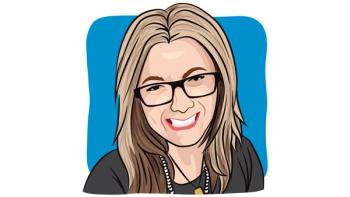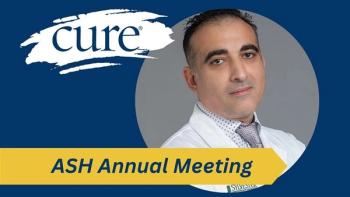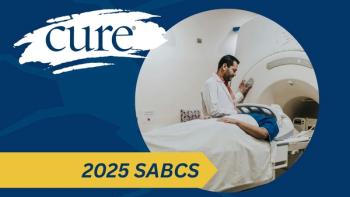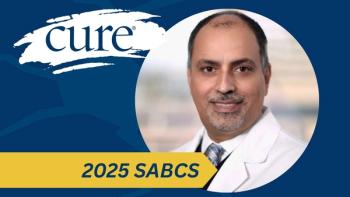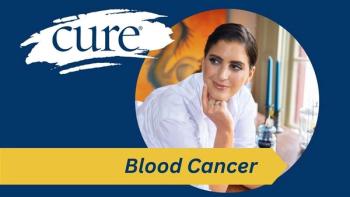
Learning to Move With Cancer
Having had cancer twice before, I know the choreography if I have it again.
When I was 12, I was at the height of my childhood theatrical career. My first major role was Baby June in a local, dinner theatre production of Gypsy.“ Hello, everybody. My name is June. What’s yours?”
My second role was that of Shprintze in another dinner theatre production of Fiddler on the Roof. “And who does Mama teach to mend and tend and fix, preparing me to marry whomever Papa picks.”
Both of these experiences went swimmingly, so there I was, in the basement of E.J. Thomas Hall in Akron, Ohio, auditioning to be one of the King’s children in The King and I. Clad in a red leotard so I would stand out, I was attempting to learn the dancing step to “The March of the Siamese Children.” It looked easy, but it was, for some reason, hard for me to master. Step, touch, step, touch, step walk, walk, step walk walk…” like that to the Siamese music, all the kids in a line dancing in across the “stage.”
To make a long story short, I flubbed the audition and didn’t get a role.
That was one point in my life where I was trying to learn to move, but I failed.
Flash forward many decades and many broken bones. I broke my toe coming out of the house to the garage and my leg at the bottom of the stairs going out the front door. Now, when I go out of the garage door, I move extremely slowly so as not to slip again and break a toe, and when I go down the steps, I am extremely careful not to make a wrong move, fall and hurt myself.
That was another point in my life where I was learning to move, this time carefully to avoid pain.
Today, I was driving to the mall because in a few weeks, it will be Christmas, and a huge firetruck behind me started to blare its horn and flash its lights. I immediately pulled over to let the fire engine pass. A man behind me started to blow his horn at me because I had paused in the road.
He had obviously not learned how to move around an emergency vehicle while I had.
My best friend’s baby, at one, is just learning to walk. He needs help, but soon, he’ll be running.
At certain points in our lives, depending on what we’re going through, we have to learn to ambulate, to move forward.
Cancer was another one of those points for me. I was stricken with breast cancer in 2011 and then again in 2016. Cancer was complete, unknown territory. It was like trying to learn a difficult dance step to enable movement forward.
Because no matter how exhausted I was during my treatment, no matter how much I had to sleep things off, I couldn’t stagnate. Couldn’t stop. Move forward, go to the next appointment and the next. Meet new doctors, visit old ones. The whole team was on my side, and I was the star.
It was very theatrical. My oncologist used to say, “This patient is not boring.” She said this because I had rare cancer in 2016, an angiosarcoma. Now, many years after my cancer, I’m starting to slow down. I’m not moving forward anymore. I don’t have appointments to keep. Surgeries to cope with.
All I can say is that I know the cancer moves if I ever have to go through it again. I know this dance, even though I couldn’t master the dance of the Siamese Children.
Incidentally, for that production of the King and I, the director made the children cover their limbs in dark make-up to look the part. At night, late, after the show, the kids had to use thick cold cream to take the make-up off.
I had wanted to be in that production, but at least I didn’t have to deal with grease paint at 11:00 at night.
Cancer doesn’t come with grease paint.
For more news on cancer updates, research and education, don’t forget to

